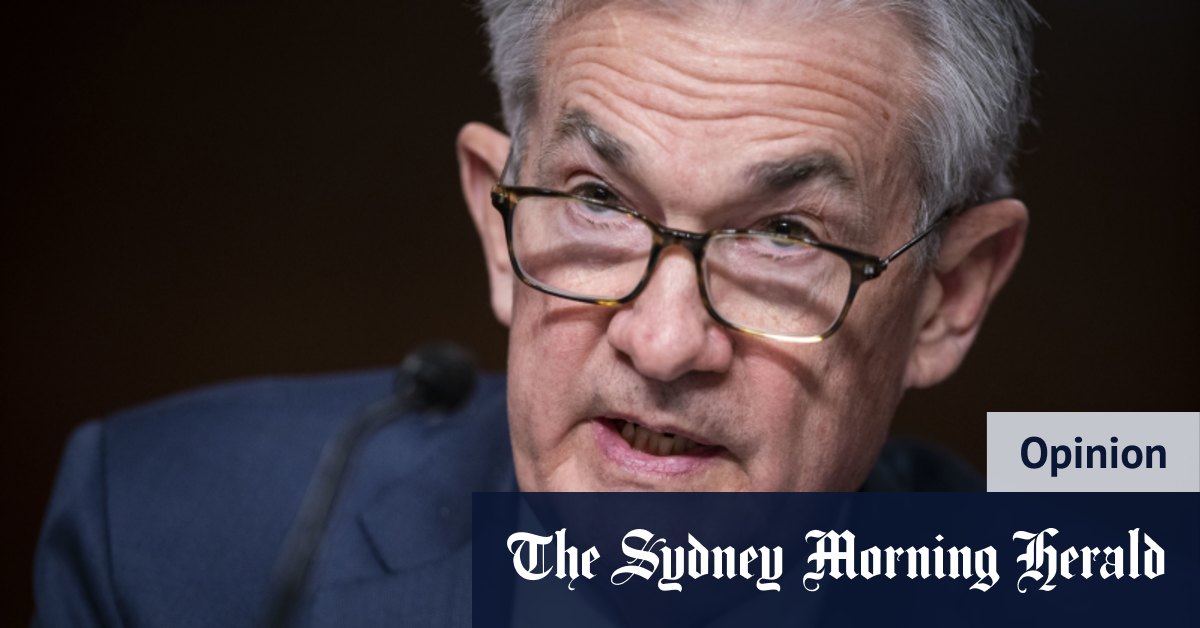
What explained the way we’d finally joined the Americans in their decades-long wage stagnation? And what could central banks do about it? The obvious answer seemed to be to run a much tighter labour market and see if that got wages moving.
Loading
Perhaps, as a hangover from the 1970s and ’80s, when the world really did have an inflation problem, we’d continued worrying too much about inflation and not enough about getting the economy back to full employment.
For years we’d been making these fancy theoretical estimates of the NAIRU – the non-accelerating-inflation rate of unemployment; the point to which unemployment could fall before labour shortages caused inflation to take off – but unemployment rates had fallen quite low without the remotest sign of excessive wage growth.
Perhaps we should be less pre-emptive. Stop relying on theoretical estimates and just keep allowing the economy to grow until we had proof that wages really were taking off before we applied the interest-rate brakes.
And perhaps we should base decisions to raise rates on actual evidence of a problem with inflation – including, particularly, evidence of excessive growth in real wages – rather than on mere forecasts of rising inflation.
Our Reserve’s thinking was matched by the US Federal Reserve’s. Chairman Jerome Powell told Congress in July 2019 “we have learned that the economy can sustain much lower unemployment than we thought without troubling levels of inflation.”
Which brings us to this year’s budget, back in May. Although the economy seemed clearly to be rebounding from the coronacession, and debt and deficit were high, Treasurer Josh Frydenberg swore off the disastrous policy of “austerity” (government spending cuts and tax increases) that panicking financial markets had conned the big advanced economies into after the Great Recession, thus crippling their recoveries.
While allowing the assistance measures for the initial lockdown to terminate as planned, the budget announced big spending on childcare and aged care, following a strategy of “repairing the budget by repairing the economy”.
Treasury secretary Dr Steven Kennedy and Reserve governor Dr Philip Lowe made it clear they wanted to keep the economy growing strongly until the unemployment rate was down to the low 4s – something we hadn’t seen for decades – as the best hope of getting some decent growth in real wages.
This is still what the central banks want to see: a new era of much lower unemployment and, as a consequence, much healthier rises in real wages to power a move to stronger economic growth than we saw in the decade before the pandemic.
But now Wall Street is panicking over the surprisingly big price rises caused by the pandemic’s disruption, and has convinced itself inflation’s taking off like a rocket. If the Fed doesn’t act quickly to jack up interest rates, high and rising inflation will become entrenched.
Despite our marked lack of worrying price rises, our financial markets – not known for their independent thinking – have joined the inflation panic, betting that, despite all Lowe says to the contrary, our Reserve will be putting up rates continuously through the second half of next year.
So convinced of this are the market dealers that the (better educated) market economists who service them have begun thinking up more plausible arguments as so why rates may need to move earlier than the Reserve expects. ANZ Bank’s Richard Yetsenga, for instance, fears that if everyone tries to spend all the money they’ve saved during the lockdowns, “rates will need to rise to crimp spending intentions”.
See what’s happening? According to the financial markets, the pandemic has not merely cured a decade of secular stagnation, it’s transported us back to the 1970s and out-of-control inflation. That’s the big threat, and unemployment will have to wait.
Apparently, this dramatic reversal in the economy’s fortunes has occurred without workers getting even one decent pay rise.
There are three obvious weaknesses in this logic. First, globalisation has not made our economy a carbon copy of America’s. Second, there’s a big difference between a lot of one-off price rises and ongoing inflation. If the price rises don’t lead to higher wages, no inflation spiral.
Third, even if the central banks did get a bit worried, they’d start by ending and then reversing “quantitative easing” – creating money from thin air – before they got to raising the official interest rate.
Ross Gittins is the economics editor.
The Business Briefing newsletter delivers major stories, exclusive coverage and expert opinion. Sign up to get it every weekday morning.








